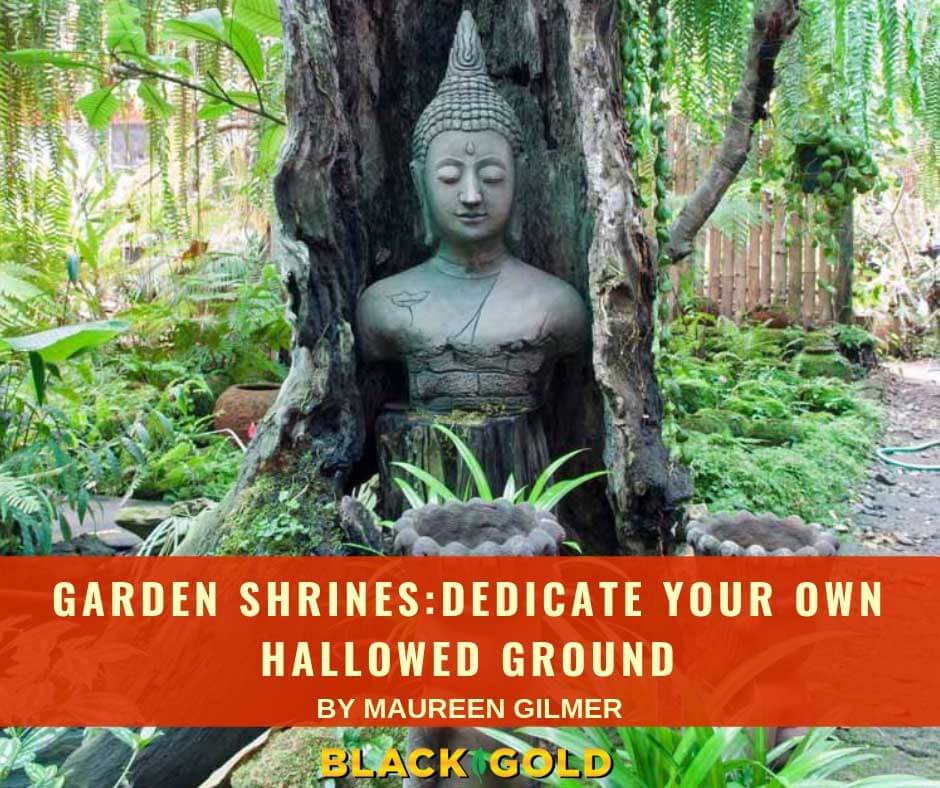
The pagans of Europe were the first to establish the notion of hallowed ground, an outdoor place set apart as holy. Druid priests designated the very oldest oak in the ancient forest as an oracle, particularly when spring was close by. The priest would listen to the voices of the spirits in the gurgling of the spring and the whispers of the oak leaves, which they translated for their people.
This was the original church of nature where the combination of water and plants proved to be the most important elements of ancient earth-based spirituality. Later the soaring lines and arches of great cathedrals are said to make indoor spaces more amenable to those with this outdoor tradition.
History of Nature Shrines
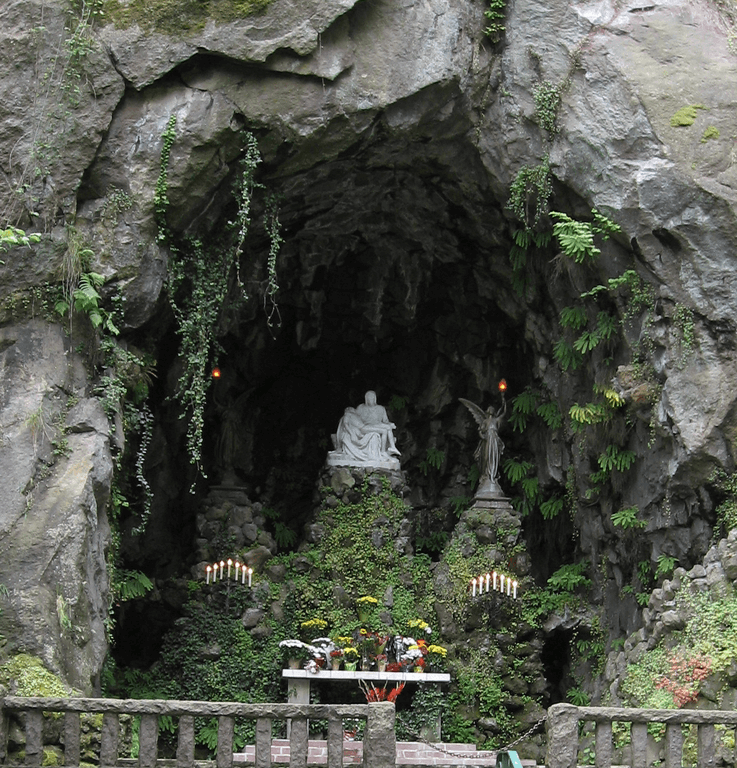
All over the world, pagans worshiped in the outdoors when the reasons for natural phenomena were unknown, making the outdoor holy ground essential to their beliefs. Many major religions, including Buddhism, Hinduism, and Catholicism, adopted the nature shrine after paganism died out. These tended to feature an image of a deity. The most well-known of these include the European grottoes dedicated to Christian figures and American bathtub shrines composed of old claw foot tubs planted on end to create an arched grotto for statues of the Virgin Mary. Wayside shrines of India are very different, and often associate their gods with certain trees and miraculous locations.
In the face of many environmental changes, gardeners today may benefit from the creation of an inspirational space in the garden where you can beckon nature to join you. Plants that draw wildlife bring in an important component of nature: birds, squirrels, and other wildlife. This integration of both flora and fauna into a hallowed location sets it apart for inspiration and contemplation. It is a promise from nature that many species continue to flourish despite Earth’s destructive history of comets, volcanoes, earthquakes, glaciers, continental drift, and other natural phenomena, proving we will continue, too.
Shrines to Nature
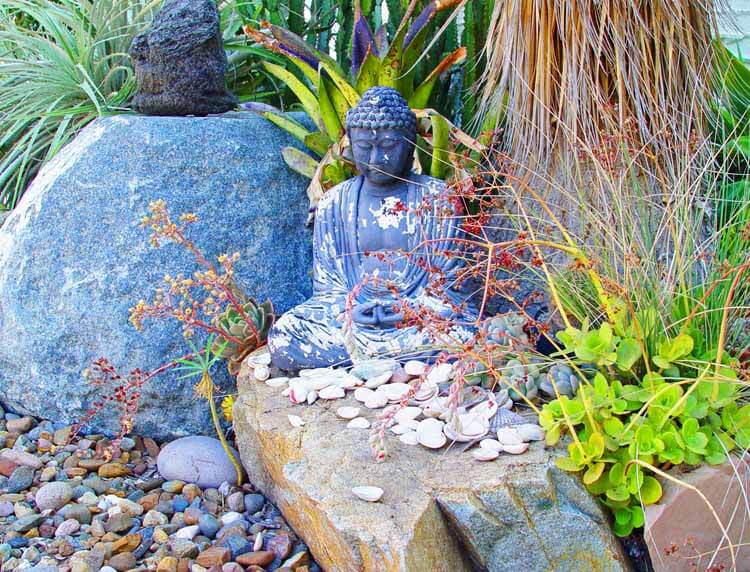
A shrine to nature can reflect your personal idea of beauty for a contemplative moody setting in the trees. If you have an old tree to use as the centerpiece, it can become a structural element. If none exists, plant a tree of importance to you or your spiritual path.
For example, Buddha attained enlightenment beneath a fig tree, so in India these are protected as bodi trees and venerated with brightly colored string and fabrics. Olives and Easter lilies are meaningful to Christians, and pomegranates, date palms, and other sacred plants are important to Jews.
Plants for Garden Shrines
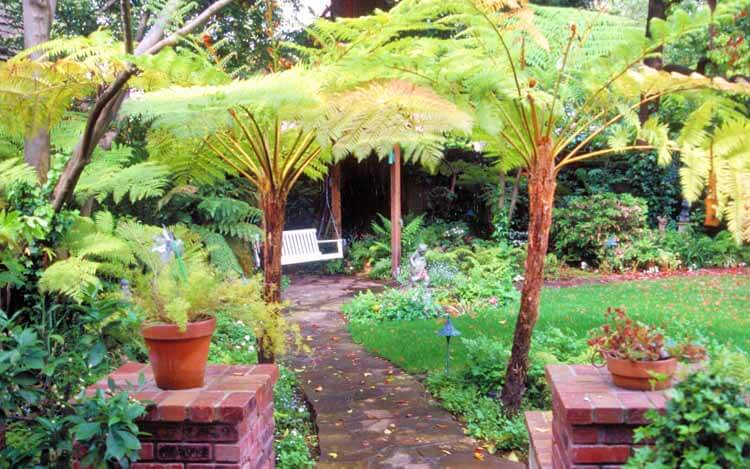
If you are fortunate enough to have a property with a forested site, consider planting species well adapted to the shade and organic, acid soils there. Azaleas will your turn your special place into a bright, colorful haven before the trees fully leaf out in spring. Evergreen rhododendrons and camellias are equally as beautiful and well adapted to wooded gardens. Another shade-loving shrub for acid soils is variegated winter daphne (Daphne odora ‘Marginata’) named for the legendary fragrance of its small white flowers.
When planting big, acid-loving shrubs, such as azaleas and rhododendron, it’s important to dig a shallow but wide hole. They are surface rooters and prefer to feed off decomposing leaves, so they don’t need a hole deeper than required to accommodate the root ball. Where soils are predominately clay, use generous amounts of Black Gold Canadian Sphagnum Peat Moss in your backfill. This not only opens up the clay to improve drainage, but peat is also naturally acidic and perfectly tailored to these forest-floor species.
Many perennials make nice additions to these gardens. Bleeding heart (Dicentra spectabilis) is ideal for woodland sanctuary gardens. The foliage is light, and the beautiful red, heart-shaped flowers are sentimental. Old-fashioned coral bells (Heuchera sanguinea) or their hybrid variations with bright-colored foliage add vivid garden hues all season long. Ferns provide that primordial woodland feel, particularly potted tropical tree ferns or masses of hardy ostrich types, and ephemeral spring wildflowers help reign in the growing season.
Garden Shrine Statuary
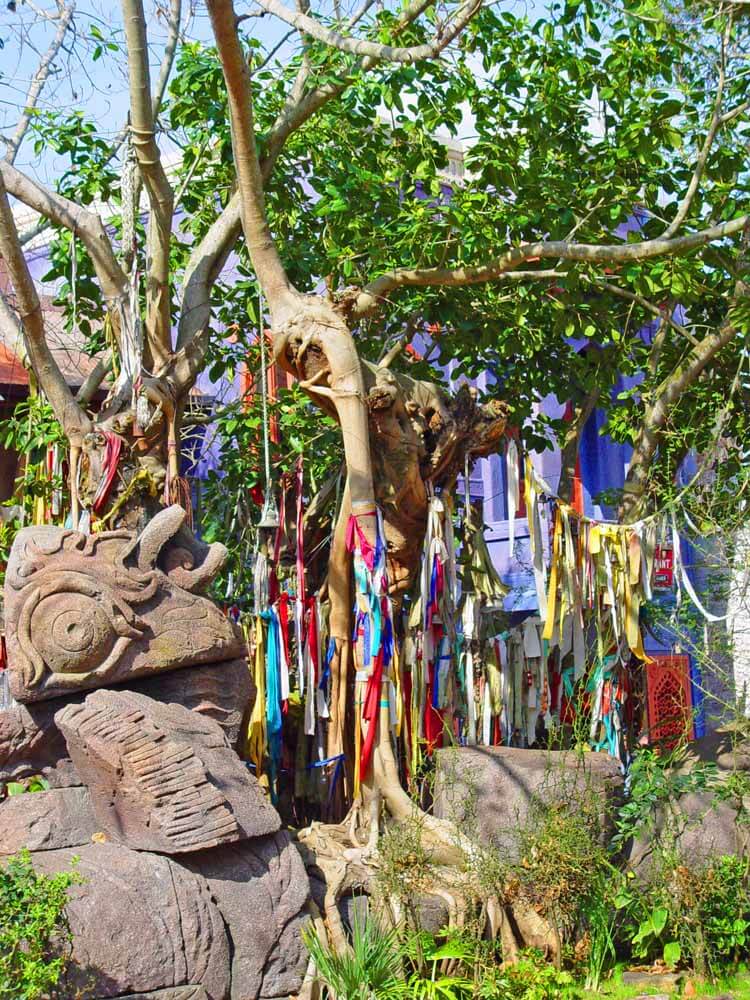
It’s easy to integrate statues to the nature garden to focus the dedication to your personal path. But for those who find nature itself their higher power and who want to protect her and venerate creation the woodland is an ideal sanctuary. Once created, you’ll understand why such places were preferred for pagan shrines. In today’s fast-paced world, time spent there with your higher power will help quell fears and renew you to face another day.

